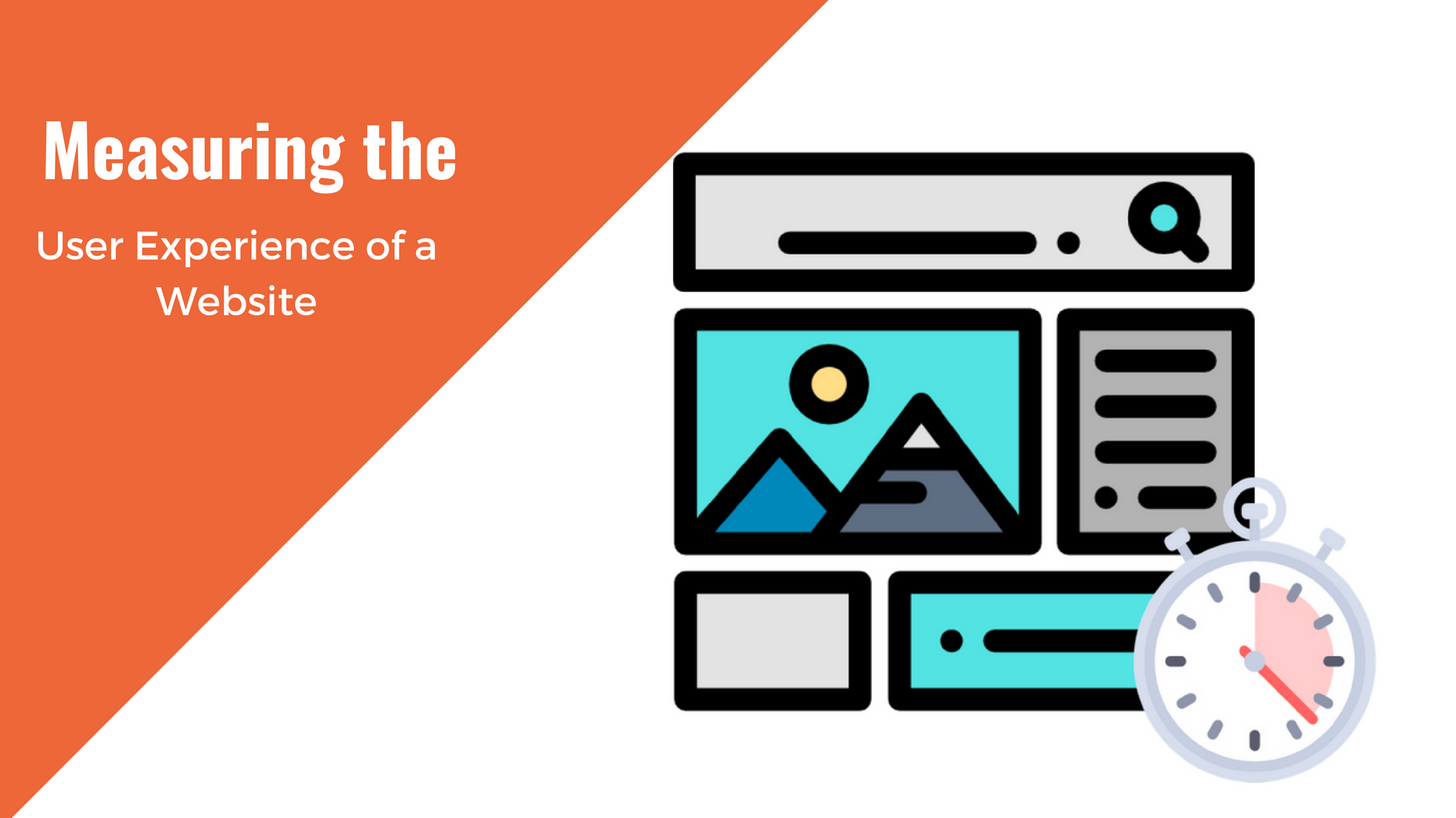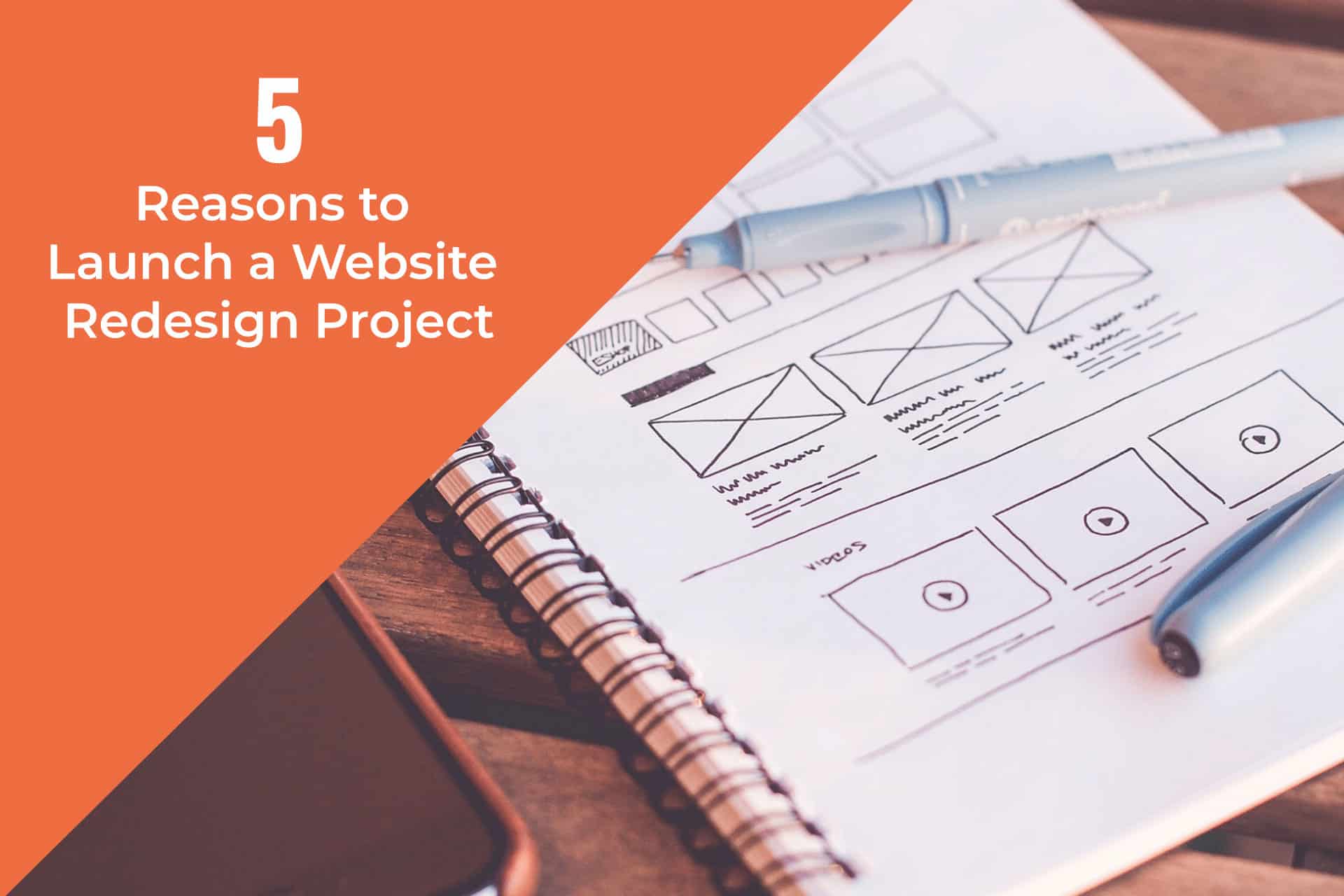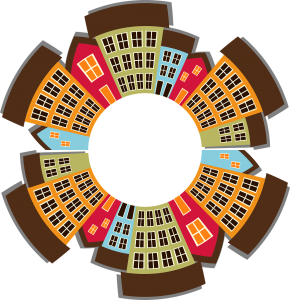For many years, before starting AmDee, I worked as a consultant. I was working on a Housing and Urban Development (HUD) project as a senior developer in 2008. We were almost ready to deliver the project to the agency when the project manager came to me. He asked, is our project 508 compliant? I had never heard of 508 compliance. Like everyone else, I went to Google and typed “508 compliance”. We completed the web application and connected compliant website. But that was my introduction to web accessibility.
National Dissemination Center for Children with Disabilities (NICHCY), now Parent Center Hub, was AmDee’s first client. They wanted to migrate their SharePoint based website to a WordPress CMS. They also wanted to provide their users with an accessible design.
AmDee worked with the NICHCY team to built a successful partnership. In the 4 years that NICHCY and AmDee worked together, NICHCY traffic increased by almost 300%. Until it lost funding, it became a great source of information for parents, educators, state and local agencies as well as service providers. While working with the NICHCY staff I realized that accessibility was more than a check list. Understanding different levels of disabilities and the hurdles the people with disabilities have to overcome to access the web, changed my personal view about accessibility.
Since the NICHCY days, we have worked to make the websites of many parent centers, throughout the country, accessible. AmDee is proud of its contribution. Working on every project, no matter how small, to making the web an easier place for those who have disabilities and use assistive technology to access the web.
A personal post from Amar Trivedi to recgonize and celebrate Global Accessibility Awareness Day.
Amar is the president and founder of AmDee. He is passionate about accessibility, playing tennis and attending Indian classical music concerts. For other projects AmDee has worked on.
You May Also Like

Having a website is an absolute necessity for any business. Gone are the days when you could simply update your website once and forget about it for months on end. In today’s ever-changing digital landscape it is important to constantly track and measure how well your website performs, as well…
read more >
Thomas Bertram (T. Bert) Lance famously said, "If it ain't broke, don't fix it." Unfortunately, T. Bert Lance couldn’t foresee the future. He didn’t know that over 94% of Americans would be on the internet by 2024. If your website doesn't receive periodic updates or isn't accessible, users can become…
read more >


